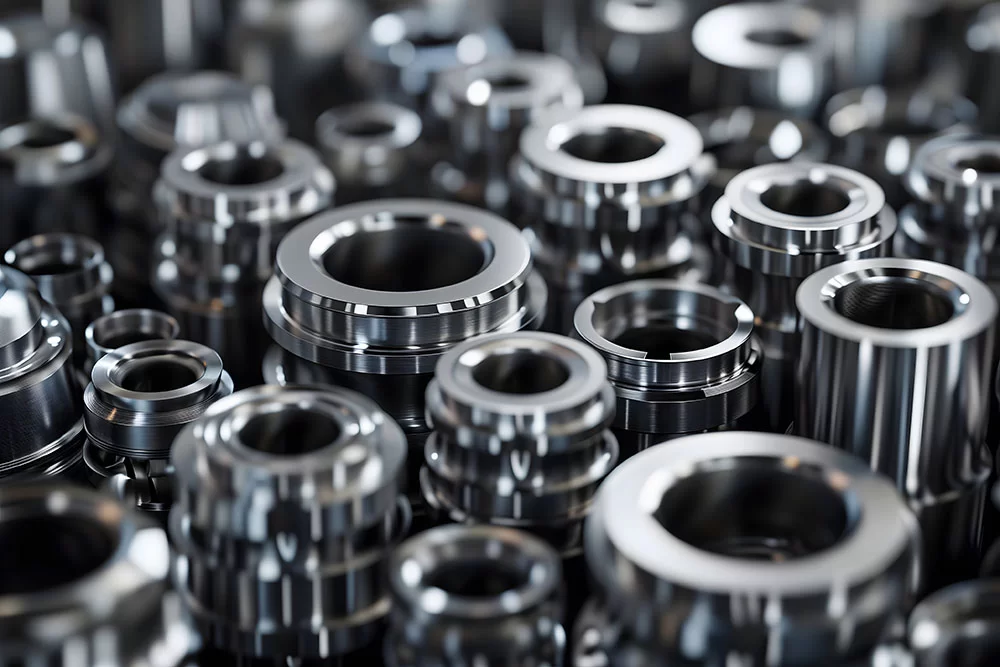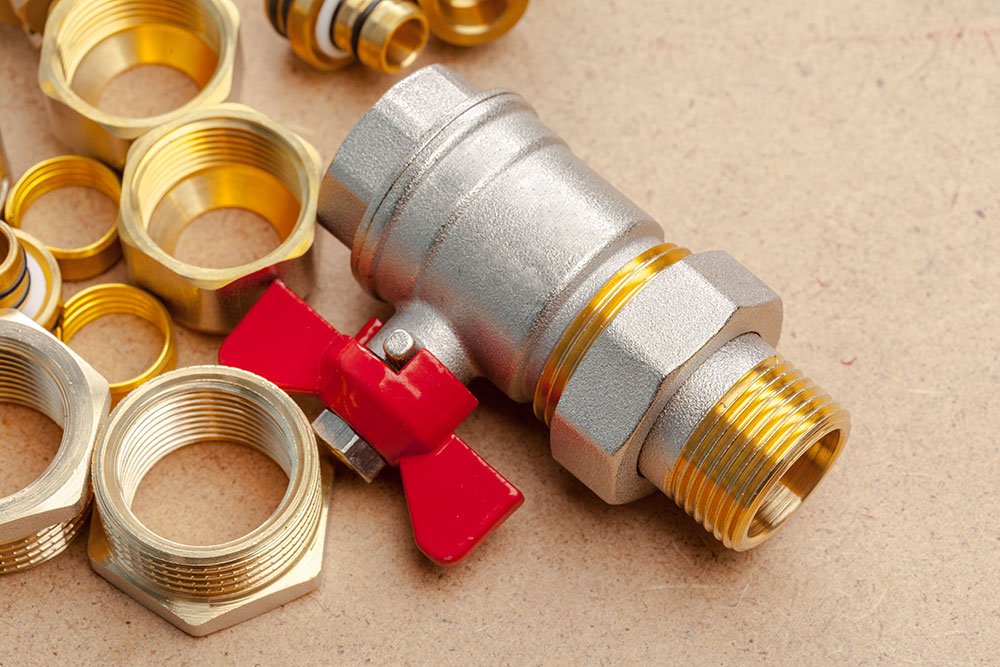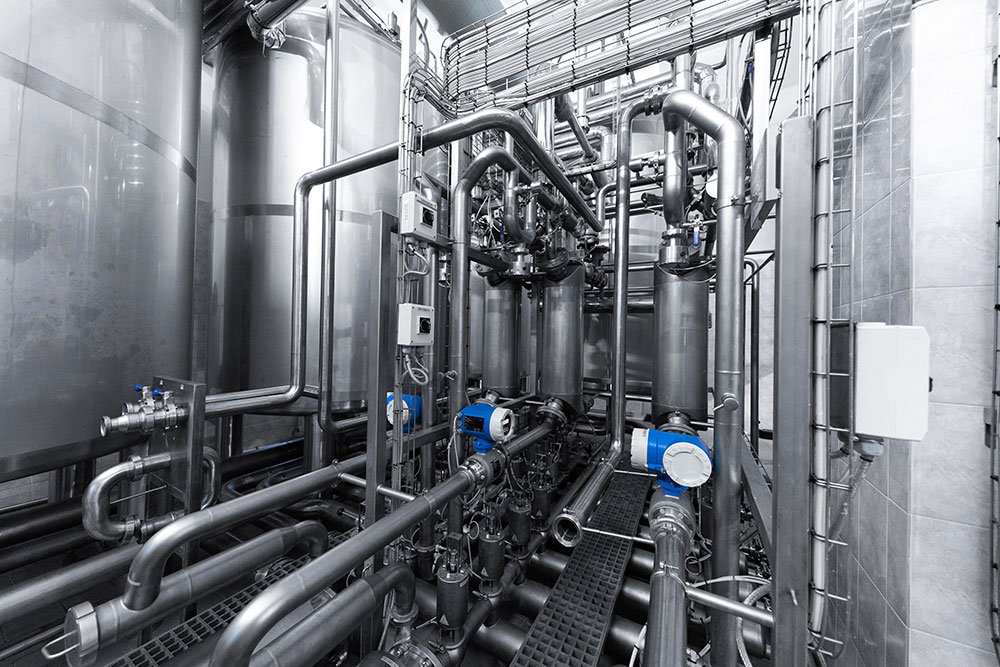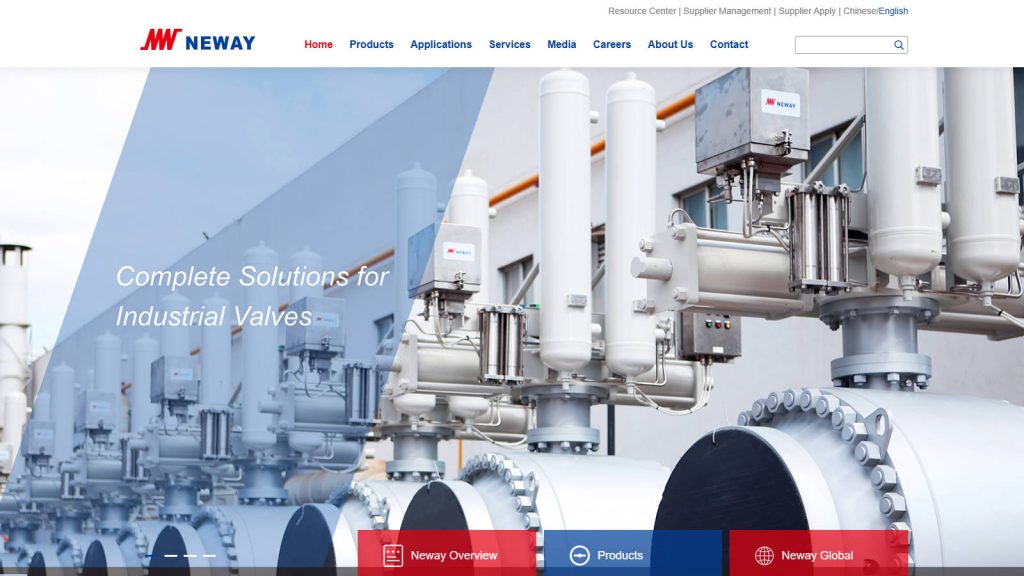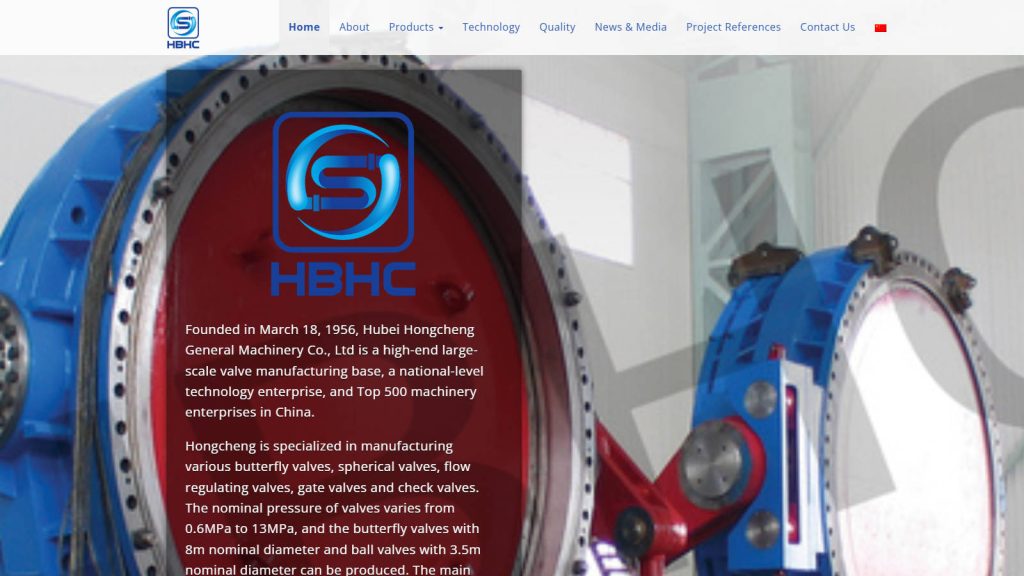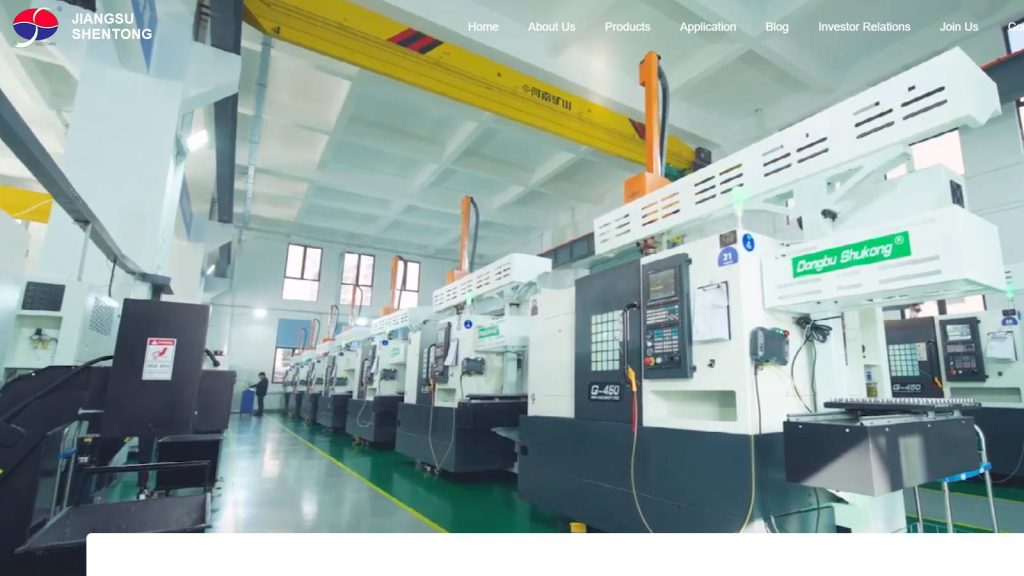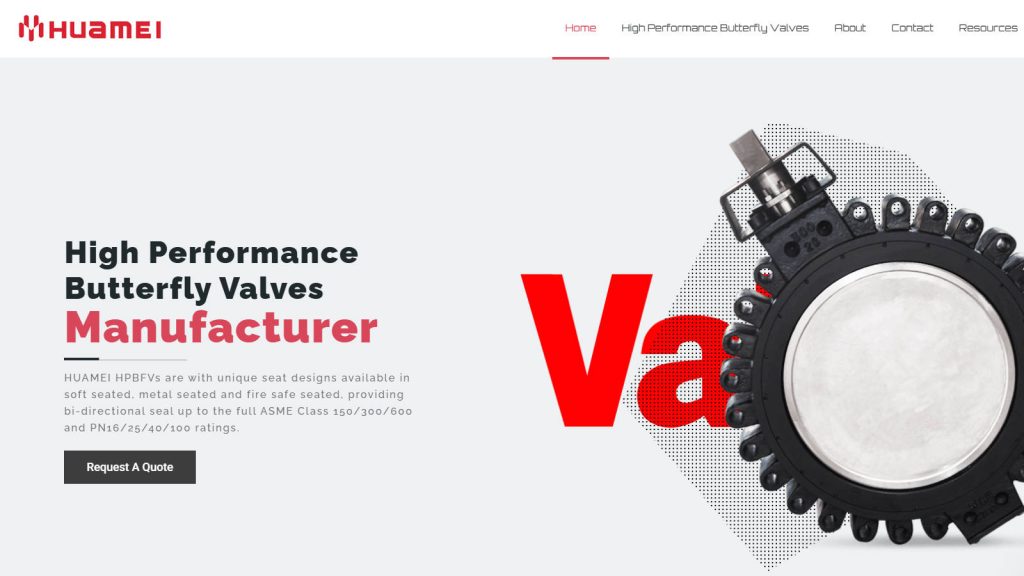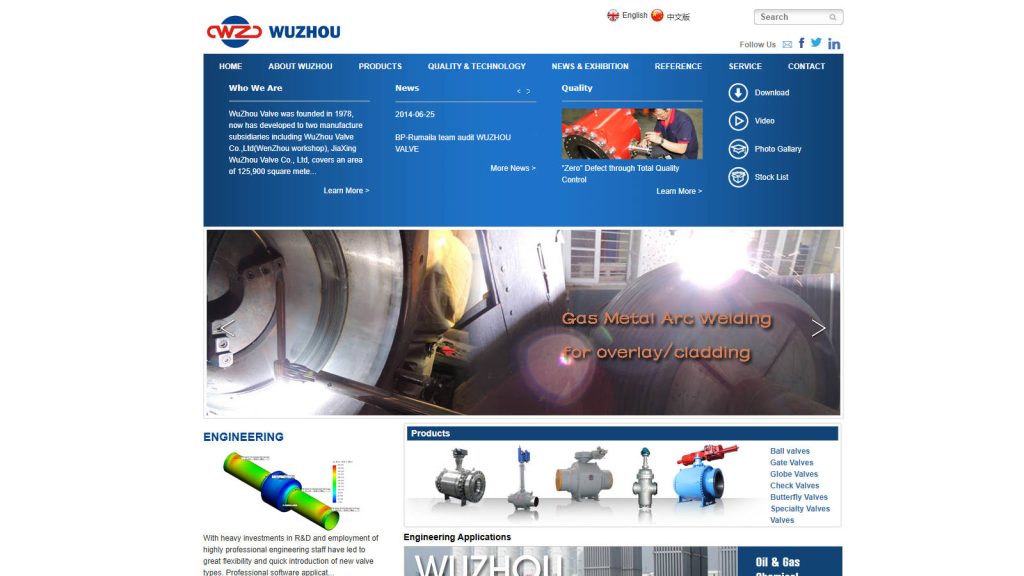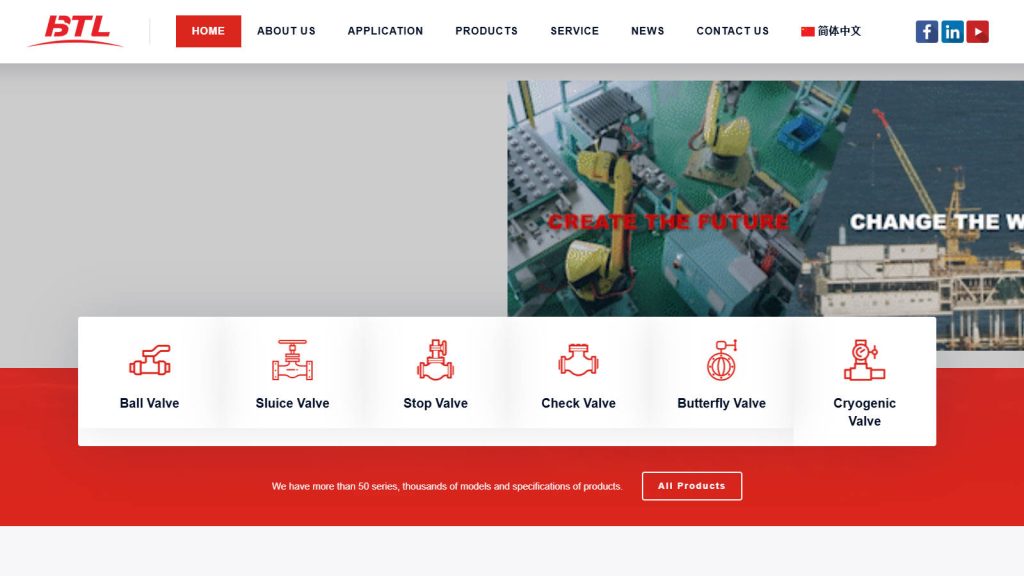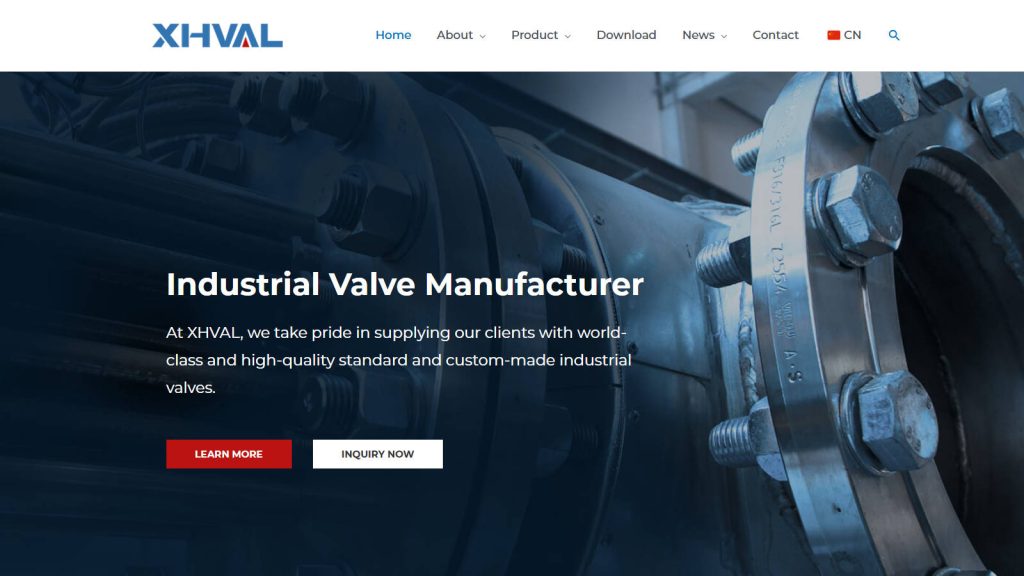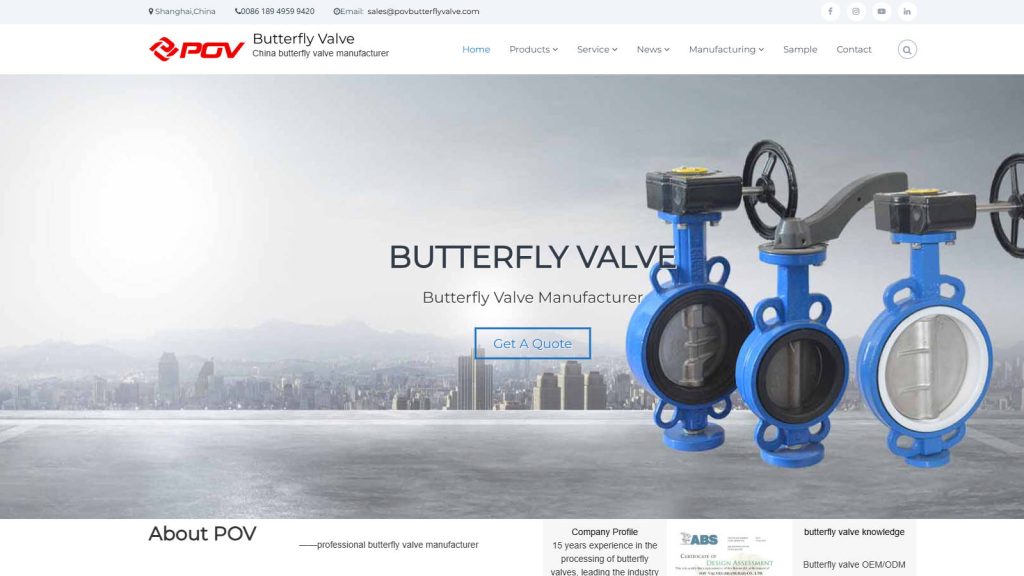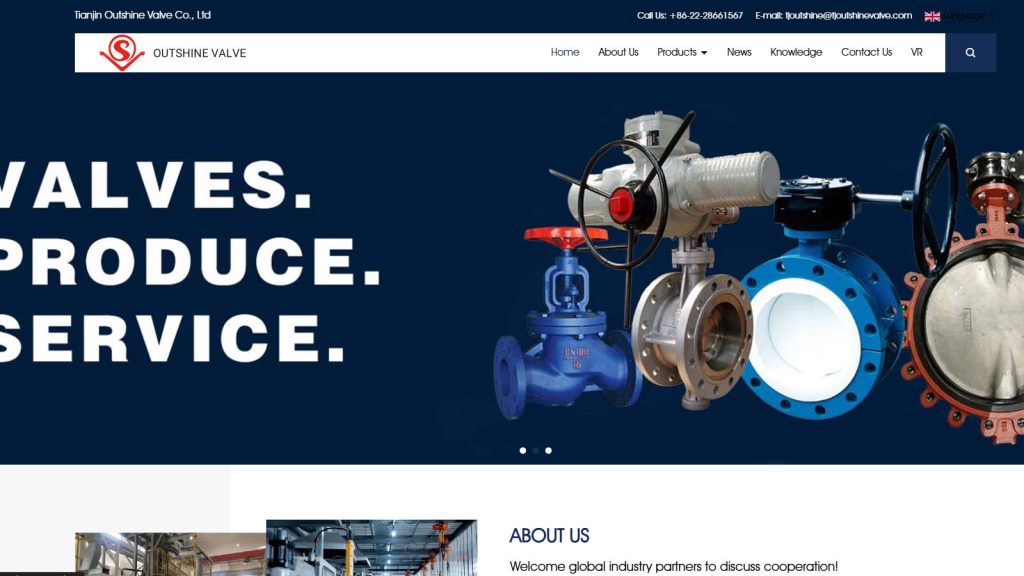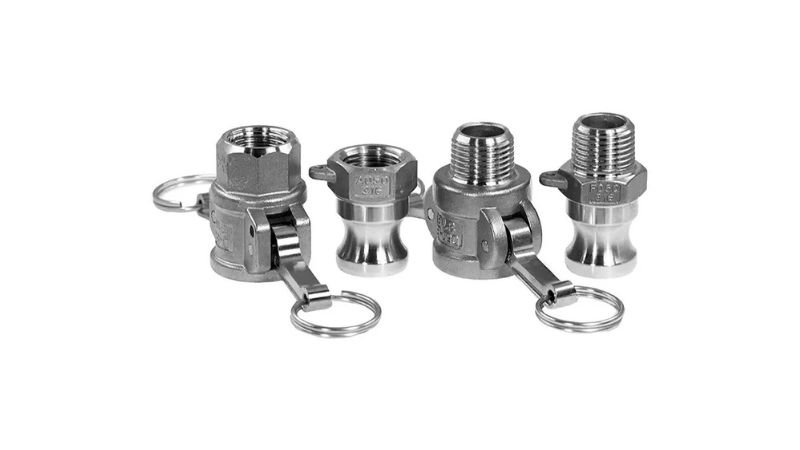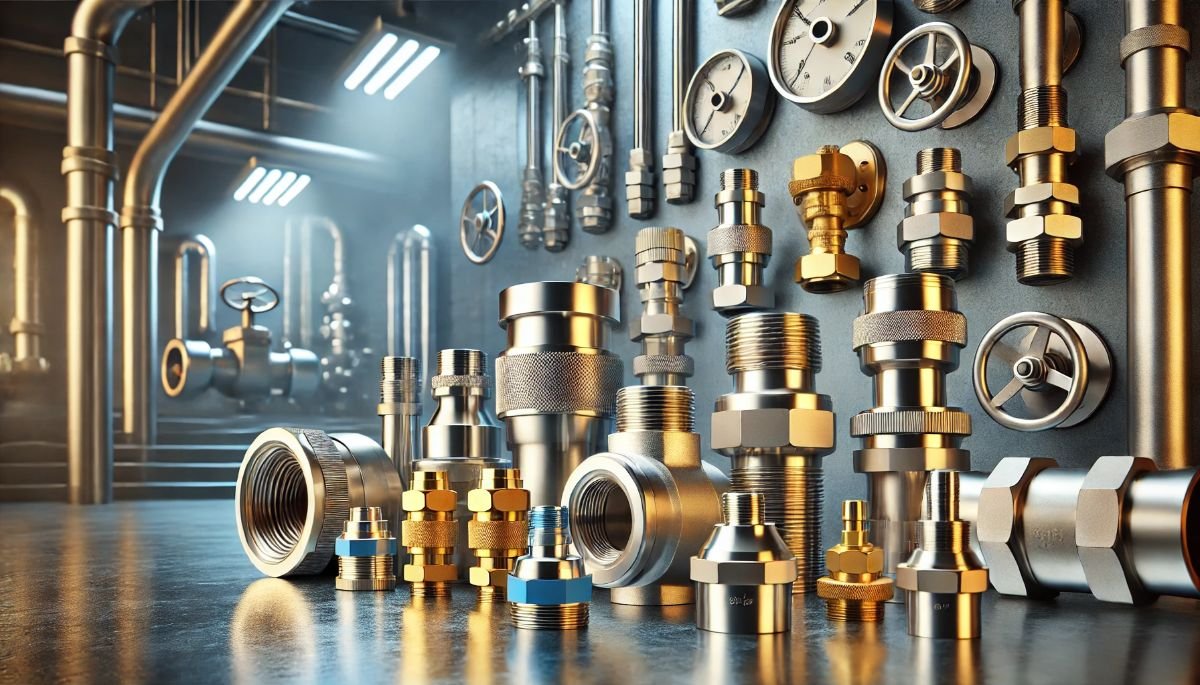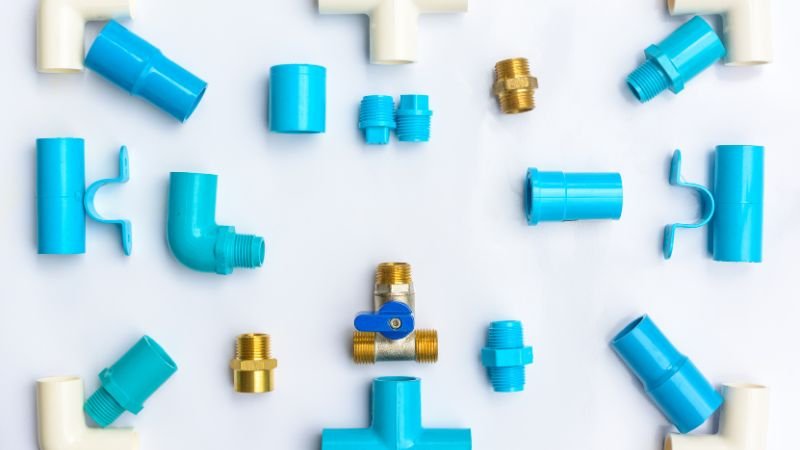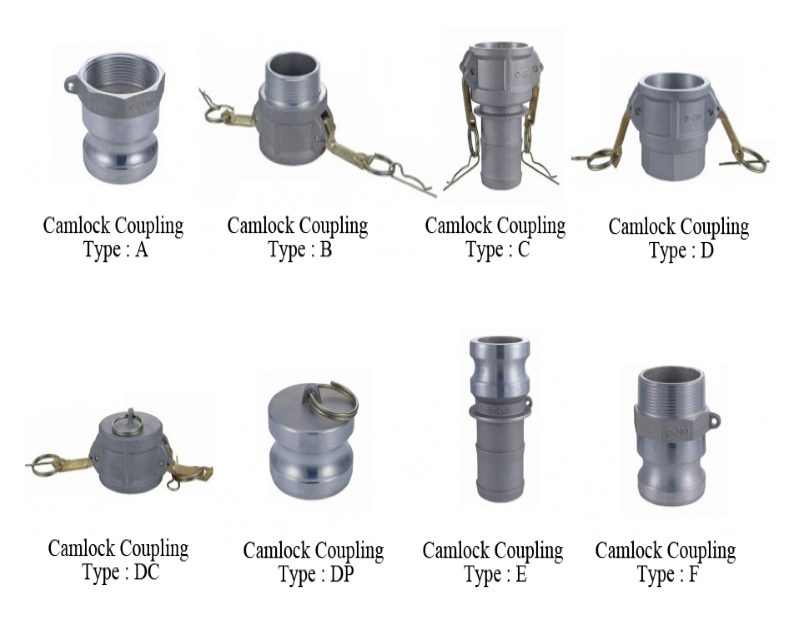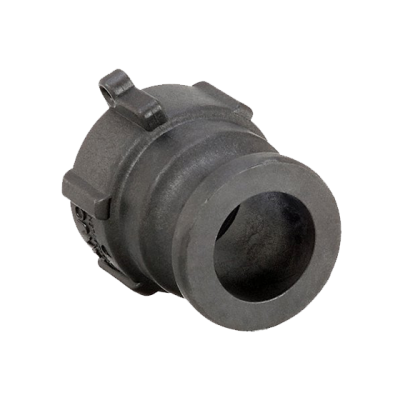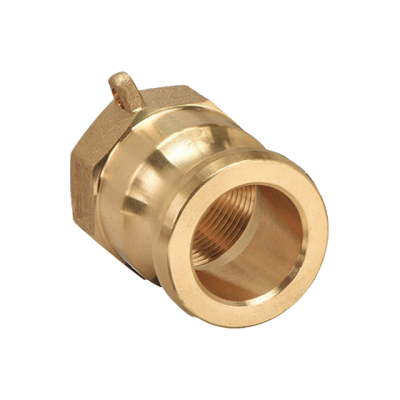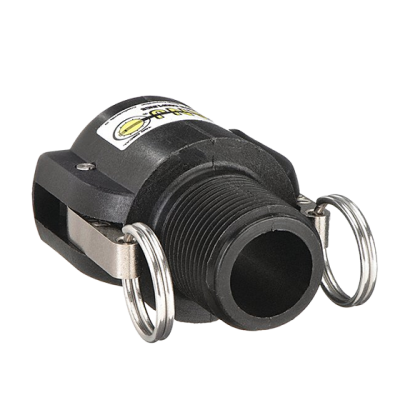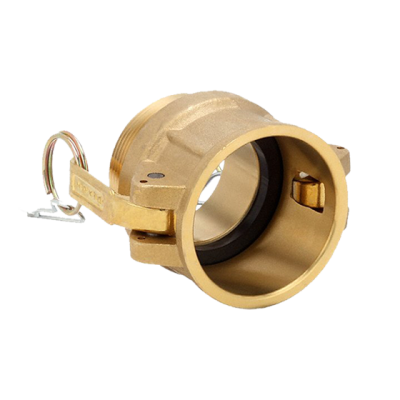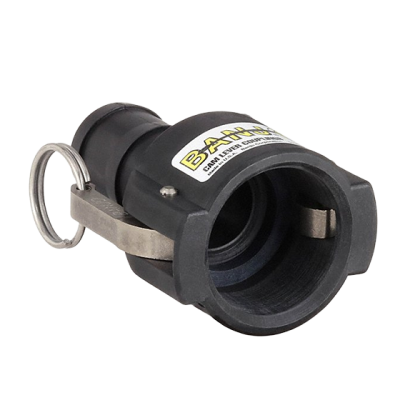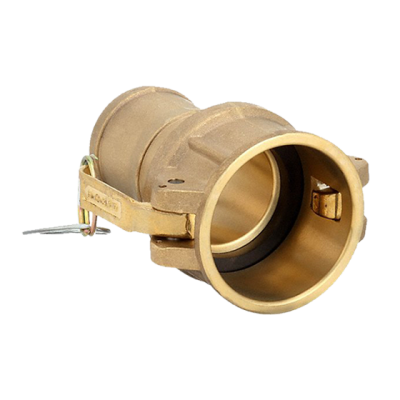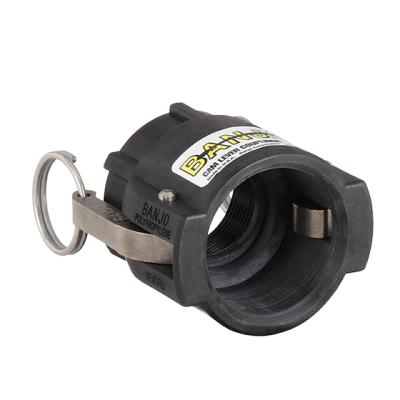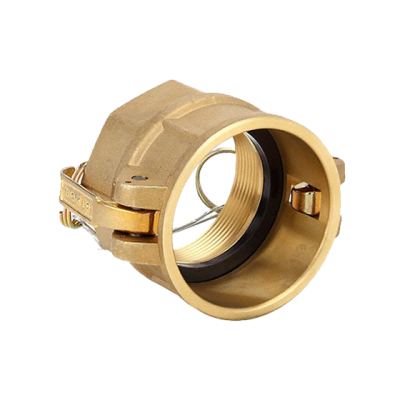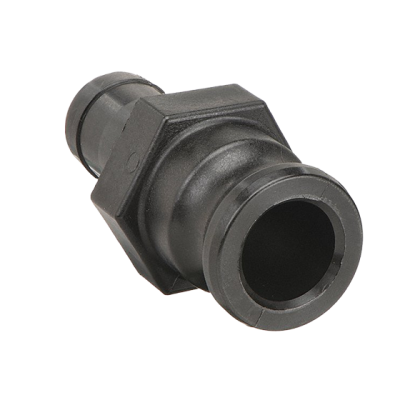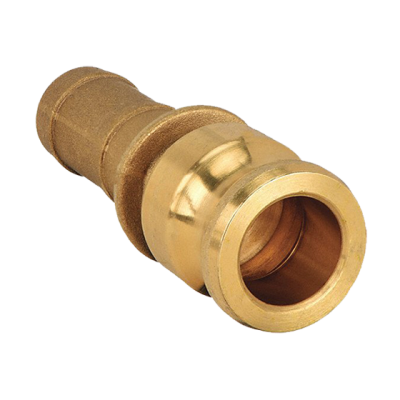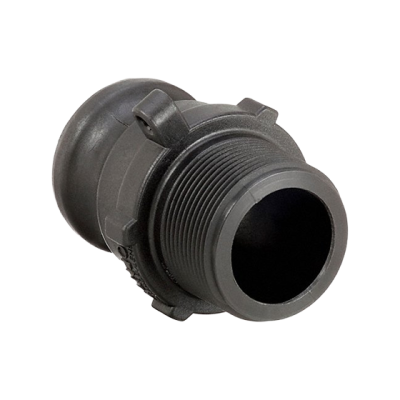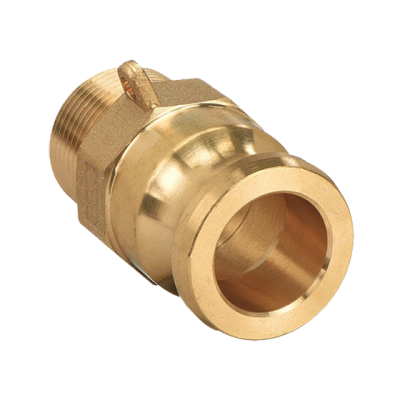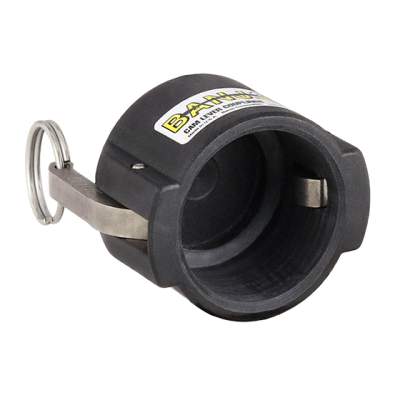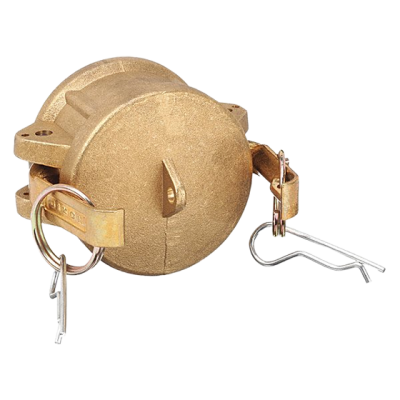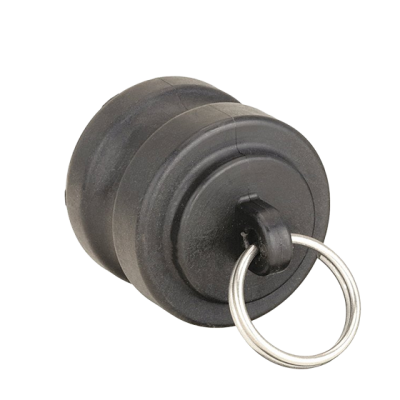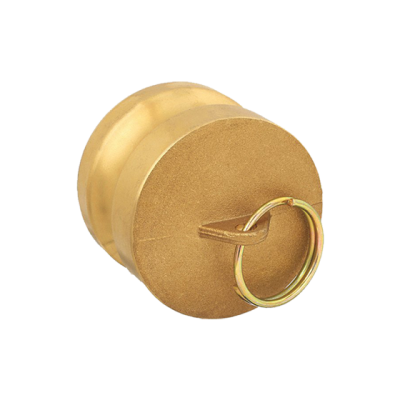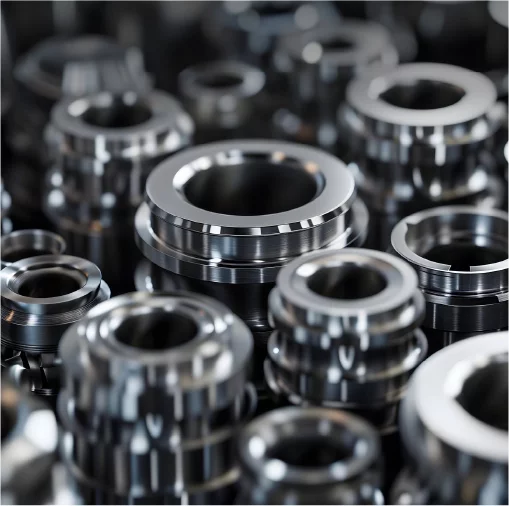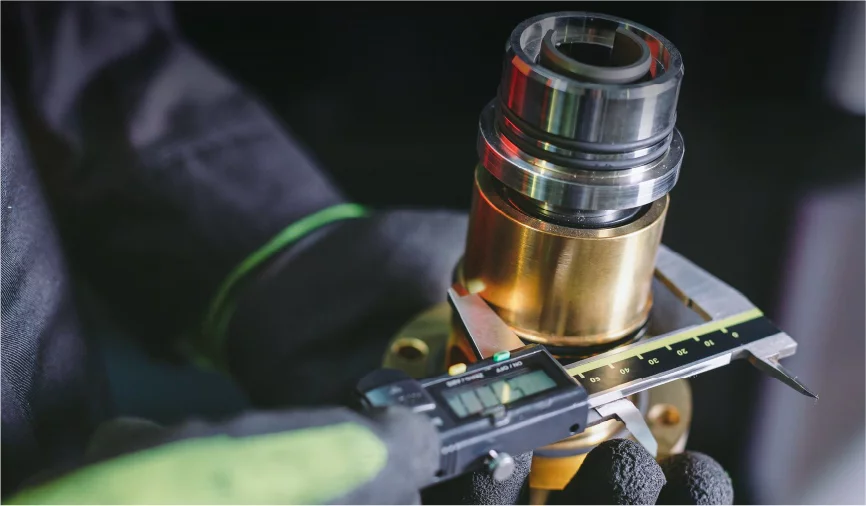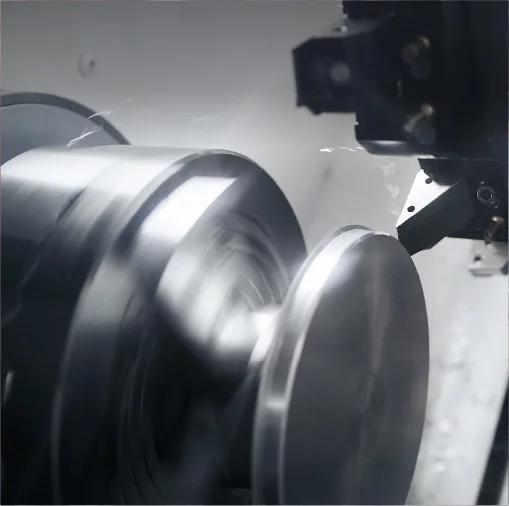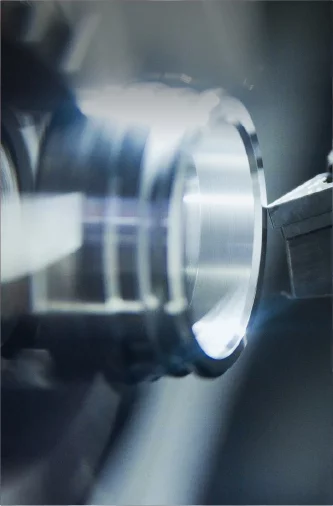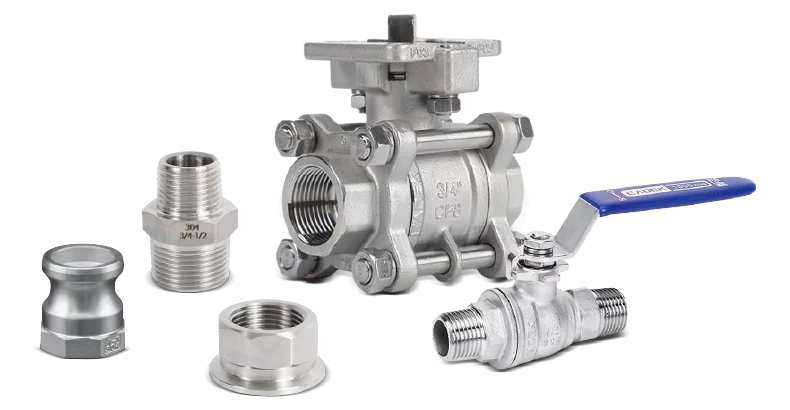Ball valves play a pivotal role in the oil and gas industry by ensuring operational safety and efficiency. Their quick quarter-turn operation and tight shut-off capabilities minimize the risk of leaks, making them indispensable for maintaining environmental and safety standards. These valves also offer durability and low maintenance, which are critical for the demanding conditions of oil and gas operations.
Identifying the best ball valve manufacturers is essential for 2025 as global demand continues to grow. According to recent statistics, the compound annual growth rate (CAGR) for ball valves from 2025 to 2030 is projected at 3.2%. Leading manufacturers must meet stringent criteria, including material compatibility, pressure ratings, and compliance with industry standards. Companies offering a diverse range of trunnion ball valves and high-quality solutions stand out as reliable partners for the oil and gas sector.
The industry’s top 10 valves manufacturers excel in delivering innovative valve solutions, backed by strong industry reputation and after-sales support. Their expertise in manufacturing valves ensures they meet the evolving needs of this critical sector.
1. Emerson
Emerson is a global technology, software, and engineering company founded in 1890 in St. Louis, Missouri. Over the years, it has evolved into a powerhouse driving innovation to make the world healthier, safer, smarter, and more sustainable. With over 130 manufacturing locations worldwide, Emerson provides automation solutions to various industries, including energy, chemical, power, and renewables.
As a leading ball valve manufacturer, Emerson offers a comprehensive portfolio of ball valves designed to meet diverse process applications. Their product line includes floating ball valves, such as the KTM Series EB1 OM-2 Split Body Floating Ball Valve and the KTM Series EB7 Unibody Floating Ball Valve, known for their reliability and performance. Additionally, Emerson’s Fisher™ Vee-Ball™ V200 Control Valve and Fisher V270 Full-Bore Ball Control Valve are recognized for their precision and efficiency in flow control applications.
Emerson’s commitment to innovation and quality has solidified its position as a trusted partner in the industrial sector, continually providing solutions that enhance operational efficiency and sustainability.
Obtenha uma cotação instantânea2. Bonney Forge
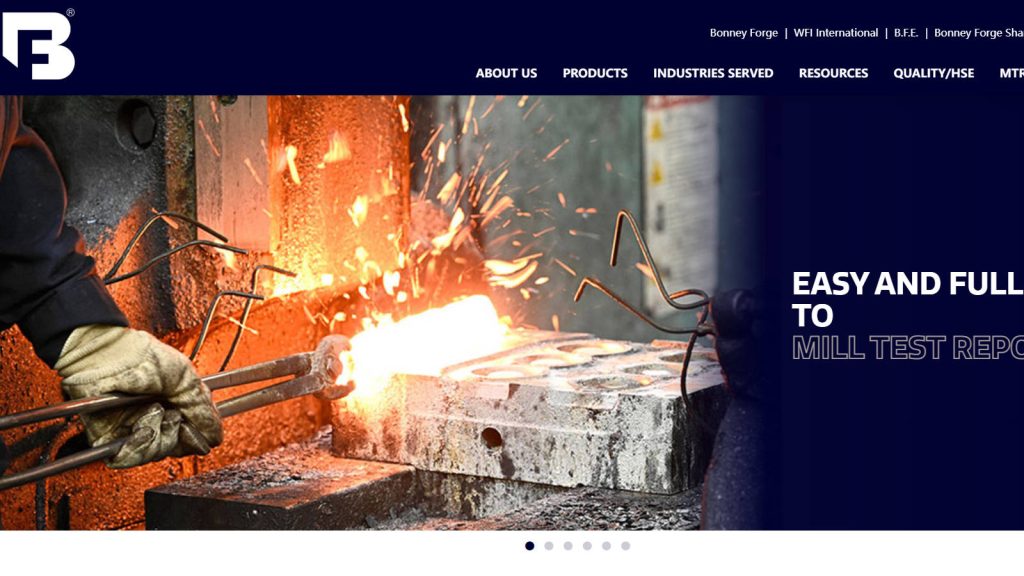
Bonney Forge, established in 1876, is a leading manufacturer of forged and cast steel valves, fittings, and branch connections. With a rich history spanning nearly 150 years, the company has evolved into an integrated supplier, offering a comprehensive range of products to the petrochemical, refining, power, energy, and industrial piping markets.
As a prominent ball valve manufacturer, Bonney Forge specializes in trunnion mounted ball valves, designed for on/off service in large and high-pressure applications. These valves are engineered in accordance with ASME B16.34 and, where applicable, API 608, API 6D, or BS EN ISO 17292 standards. They feature fire-safe test approvals and design elements that ensure electrical continuity between the ball, stem, and body.
Bonney Forge’s commitment to quality is evident through its adherence to ASTM, ASME, ANSI, API, and other applicable industry codes and specifications. All products undergo rigorous testing, including 100% hydrostatic and pneumatic evaluations, ensuring performance that meets the highest industry standards.
Obtenha uma cotação instantânea3. Velan
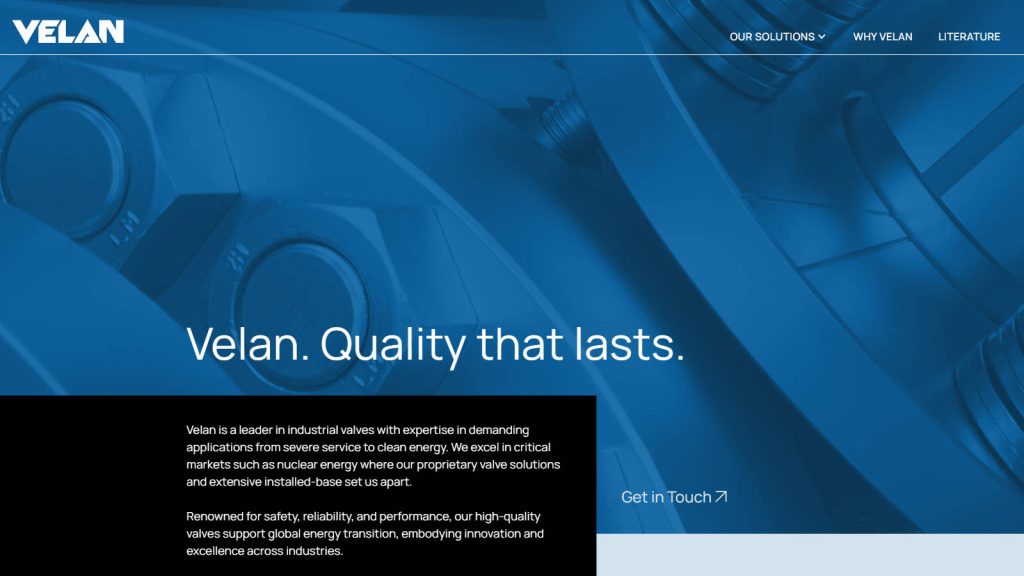
Founded in 1950 by acclaimed inventor and entrepreneur A.K. Velan, Velan Inc. has established itself as a global leader in industrial valve manufacturing, renowned for its commitment to quality, innovation, and advanced engineering capabilities. With over 75 years of experience, the company offers a comprehensive range of valves, including gate, globe, check, and ball valves, serving critical industries such as power generation, chemical and petrochemical, oil and gas, pulp and paper, mining, cryogenic, and ship-building.
Velan’s extensive manufacturing footprint spans 13 production facilities worldwide, encompassing over 100,000 square meters and employing more than 1,600 team members. This global presence enables the company to meet diverse industrial needs with precision and efficiency.
The company provides a wide range of ball valves, including side-entry trunnion, top-entry trunnion, fully welded side-entry trunnion, and cryogenic ball valves, all manufactured in accordance with international standards such as API 6D, API 6A, and API 6DSS.
Obtenha uma cotação instantânea4. Leser GmbH & Co. KG
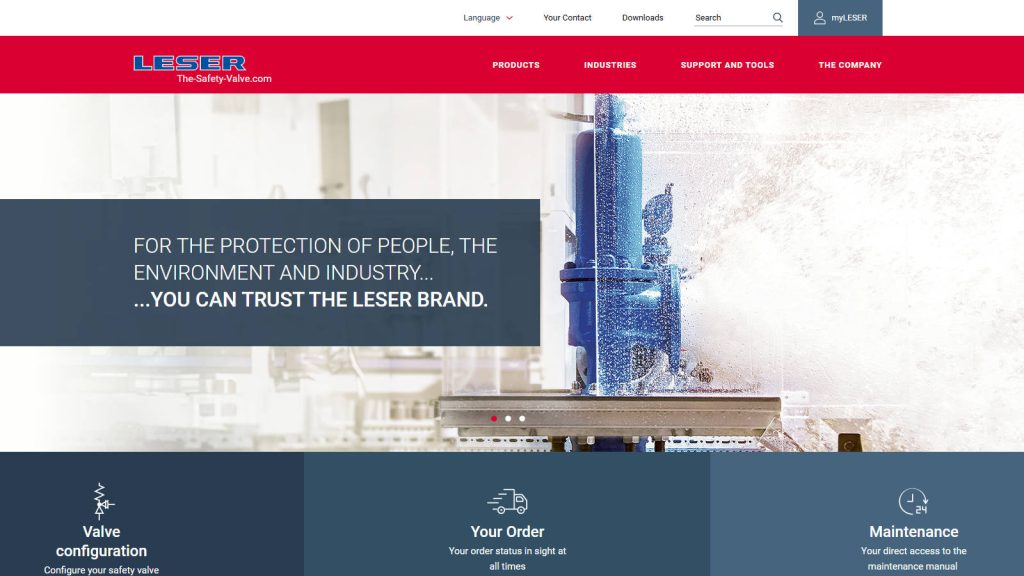
LESER GmbH & Co. KG, established in 1818 and headquartered in Hamburg, Germany, is Europe’s largest manufacturer of safety valves, producing over 130,000 units annually. With a workforce exceeding 1,200 employees, LESER operates a state-of-the-art manufacturing facility in Hohenwestedt, Germany, serving global markets.
LESER specializes in safety valves designed to protect industrial applications from overpressure incidents. Their product range includes spring-loaded and pilot-operated safety valves, catering to industries such as chemical, oil and gas, petrochemical, energy, industrial gases, LNG/LPG, pharmaceutical, food and beverage, shipbuilding, and HVAC.
While LESER does not specifically list ball valves among its primary products, their extensive experience in valve manufacturing and commitment to high-quality standards position them as a reputable valve manufacturer. Their safety valves are known for reliability and adherence to international standards, making them a trusted choice across various industries.
Obtenha uma cotação instantânea5. Böhmer

Böhmer GmbH, established in 1956, has over six decades of experience as a dedicated ball valve manufacturer. The company specializes exclusively in the production of ball valves, offering a comprehensive range of products suitable for various industrial applications.
Böhmer’s product portfolio includes both bolted and fully welded ball valves, available in sizes ranging from DN 3 to DN 1400 (1/8″ to 56″) and capable of withstanding pressures up to 500 bar (Class 2500). These valves are designed to meet the rigorous demands of industries such as oil and gas, district heating, and petrochemicals, ensuring maximum safety and reliability even under extreme conditions.
The company’s commitment to quality and innovation has positioned Böhmer as a trusted supplier of ball valves for both above-ground and underground pipelines, as well as subsea applications. Their products are known for their durability and performance, making them a preferred choice for critical infrastructure projects worldwide.
Obtenha uma cotação instantânea6. Spirax Sarco

Spirax Group, formerly known as Spirax-Sarco Engineering, is a global leader in thermal energy and fluid technology solutions, specializing in steam management systems, electric thermal solutions, and peristaltic pumps. With a rich history dating back to 1888, the company has evolved into a prominent manufacturer serving over 110,000 direct customers across 130 countries.
As a reputable ball valve manufacturer, Spirax Group offers an extensive range of high-quality ball valves designed for various industrial applications. These valves are engineered to provide reliable tight shut-off, reducing maintenance requirements and enhancing safety within steam plants. The product line includes the M10S three-piece body ball valve, suitable for services ranging from vacuum to higher temperatures and pressures, and the M70i and M80i stainless steel ball valves, designed in accordance with ASME BPE standards for high-purity applications in industries such as pharmaceuticals and bio-processing.
Spirax Group’s commitment to innovation and excellence has solidified its position as a trusted partner in the industrial sector, providing comprehensive solutions that optimize production efficiency, reduce energy costs, and improve product quality across diverse industries.
Obtenha uma cotação instantânea7. NTGD Valve
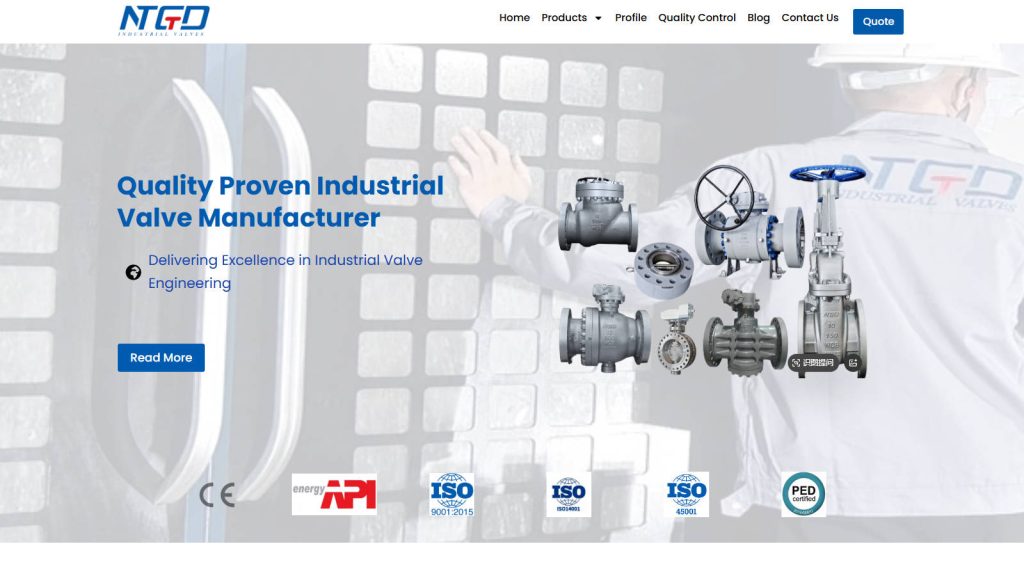
NTGD Valve is an ISO 9001 certified industrial valve manufacturer established by a team of engineers with over 30 years of experience in the valve industry. The company operates a 400,000 square foot manufacturing facility in China and maintains a design and quality control team in the UK.
Specializing in the production of various industrial valves, NTGD offers products including ball valves, gate valves, globe valves, check valves, strainers, plug valves, and butterfly valves. These products are manufactured using materials such as carbon steel, stainless steel, duplex stainless steel, and various alloys, adhering to the latest industry standards like ANSI, ASME, API, and DIN.
NTGD’s ball valves are designed for applications in industries such as oil and gas, power generation, and water treatment. The company offers both trunnion-mounted and floating ball valves, known for their reliable performance and compliance with stringent industry standards.
Obtenha uma cotação instantânea8. SAMSON
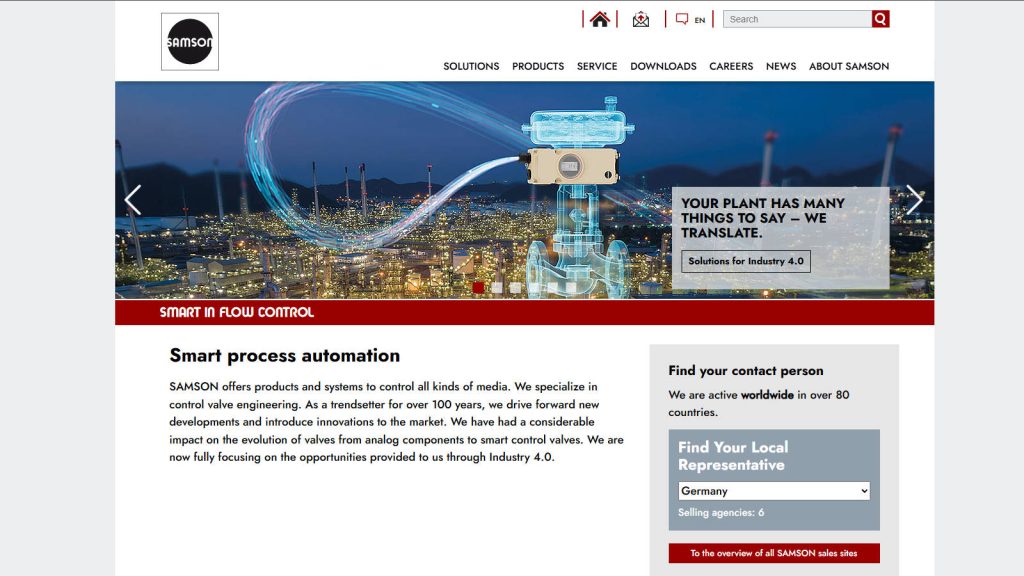
SAMSON AG, founded in 1907 and headquartered in Frankfurt am Main, Germany, is a renowned manufacturer specializing in control valve engineering. With over a century of experience, SAMSON has established itself as a leader in the production of high-quality valves, including ball valves, serving various industries such as chemical, petrochemical, food, pharmaceutical, biotechnology, energy, and more.
The company’s extensive product portfolio encompasses control valves, self-operated regulators, actuators, and automation systems. Specifically, SAMSON manufactures precision-engineered ball valves designed for reliable performance across diverse applications.
SAMSON operates globally with over 50 subsidiaries in more than 40 countries, supported by a workforce of approximately 4,500 employees. The company’s commitment to innovation is evident through its continuous development of smart process automation solutions, aligning with Industry 4.0 advancements.
Obtenha uma cotação instantânea9. KSB
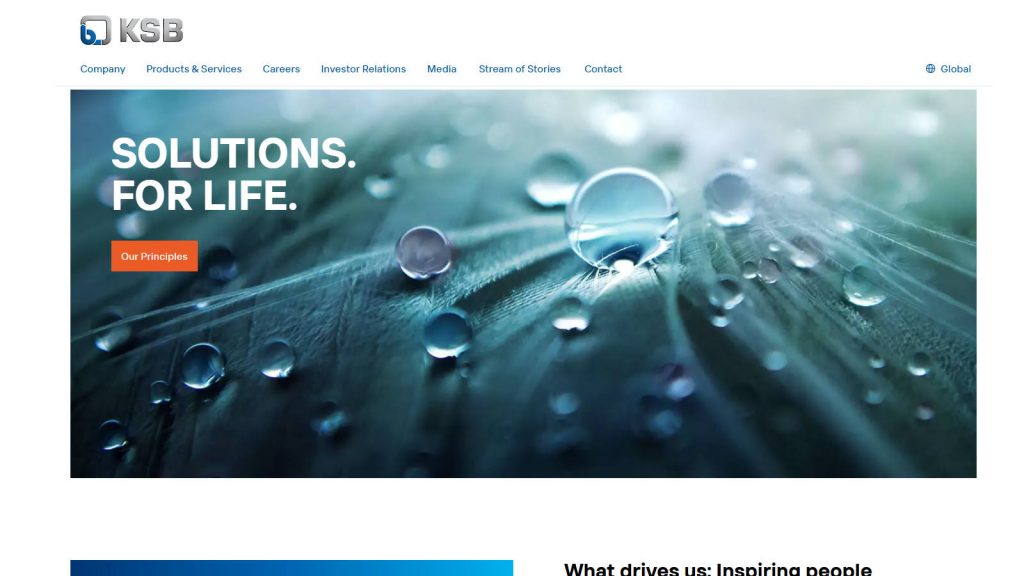
KSB SE & Co. KGaA, headquartered in Frankenthal, Germany, is a leading manufacturer of pumps, valves, and related systems. Established in 1871, the company has over 150 years of experience in the industry and operates in more than 150 countries with a workforce exceeding 16,000 employees.
KSB’s extensive product portfolio includes a variety of industrial valves, among which ball valves are prominent. The company has been manufacturing ball valves since 1974 at its facility in Brazil, demonstrating a long-standing commitment to this product line. KSB’s ball valves are renowned for their durability, tight sealing capabilities, and efficiency, making them suitable for applications in industries such as oil and gas, chemical processing, and water treatment.
The company’s manufacturing facilities are strategically located worldwide, ensuring the production of high-quality valves tailored to meet diverse industrial requirements. KSB’s dedication to innovation and customer satisfaction positions it as a trusted provider of ball valves and other valve solutions globally.
Obtenha uma cotação instantânea10. Flowserve
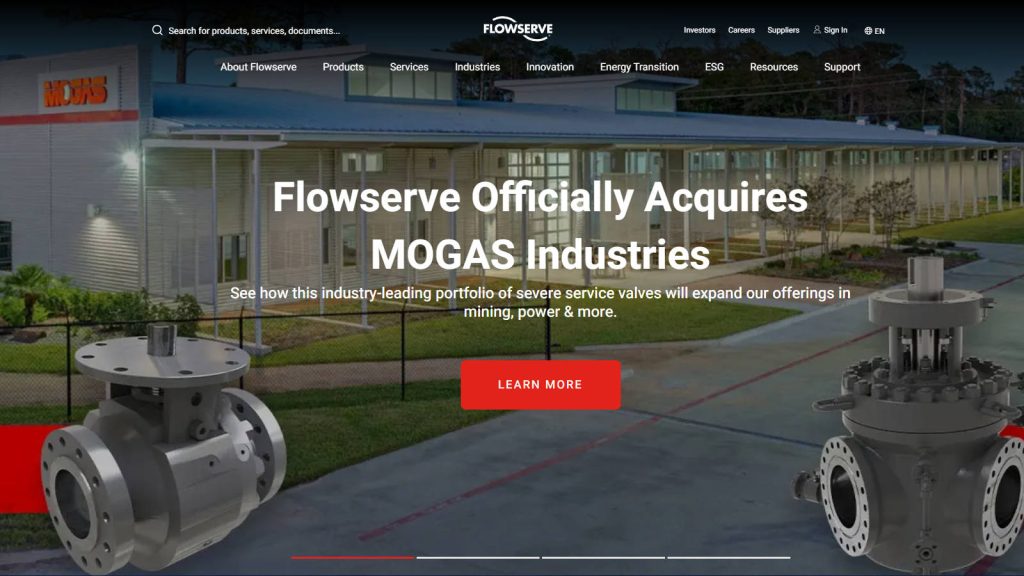
Flowserve Corporation, headquartered in Irving, Texas, is a leading manufacturer and aftermarket service provider of industrial flow management equipment, including pumps, valves, seals, and actuators. With a history spanning over 200 years, the company operates in more than 50 countries and employs approximately 16,000 associates worldwide.
Flowserve’s ball valve offerings are among the most comprehensive in the flow control industry, catering to various applications across multiple sectors. Their portfolio includes floating ball valves, lined ball valves, rising stem ball valves, top entry ball valves, and trunnion mounted ball valves, among others.
The company’s extensive experience in manufacturing ball valves ensures high-quality products designed for durability and optimal performance. Flowserve’s commitment to innovation and customer satisfaction has solidified its position as a trusted ball valve manufacturer in the global market.
Obtenha uma cotação instantâneaSpecial Recommendation – PromCamlock
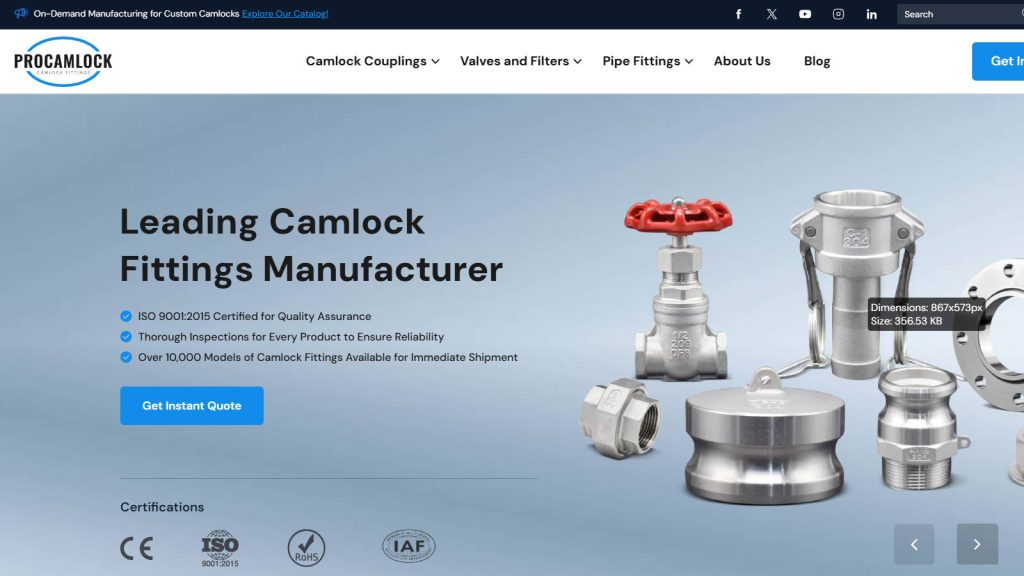
ProCamlock is a reputable manufacturer specializing in the production of high-quality ball valves and camlock couplings. With years of manufacturing experience, the company has established a strong presence in the fluid handling industry.
The company’s manufacturing facility is equipped with state-of-the-art technology and adheres to stringent quality control measures, ensuring the production of reliable and durable ball valves. ProCamlock’s dedication to innovation and customer satisfaction has led to the development of a comprehensive range of ball valves, catering to various industrial applications.
Among its product line, ProCamlock’s ball valves stand out for their exceptional performance, durability, and ease of maintenance, making them a preferred choice for professionals seeking reliable fluid control solutions.
Conclusão
The top 10 valves manufacturers highlighted in this blog demonstrate exceptional expertise in delivering innovative valve solutions tailored to the oil and gas sector. Each company excels in areas such as material compatibility, pressure ratings, and compliance with industry standards, ensuring their products meet the rigorous demands of oil and gas operations.
Innovation plays a critical role in maintaining reliability and addressing challenges like corrosion, erosion, and high-pressure conditions. Manufacturers are increasingly adopting intelligent valve systems with sensors for real-time monitoring and predictive maintenance. Future trends include advancements in smart valve technology, eco-friendly designs, and modular solutions tailored to specific industrial needs.

